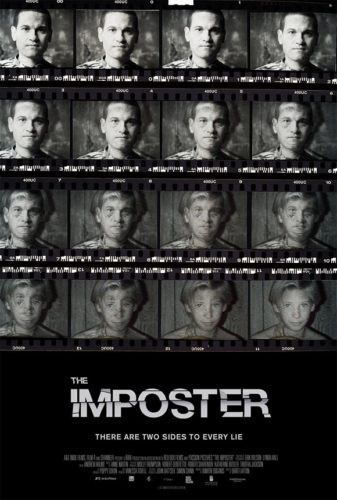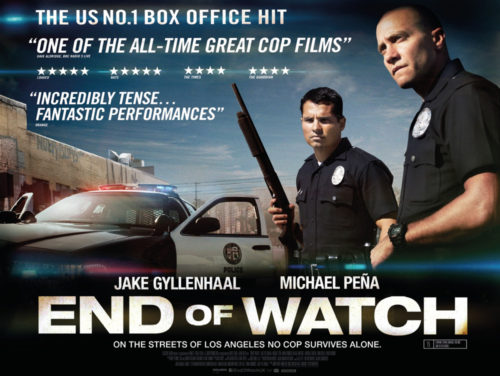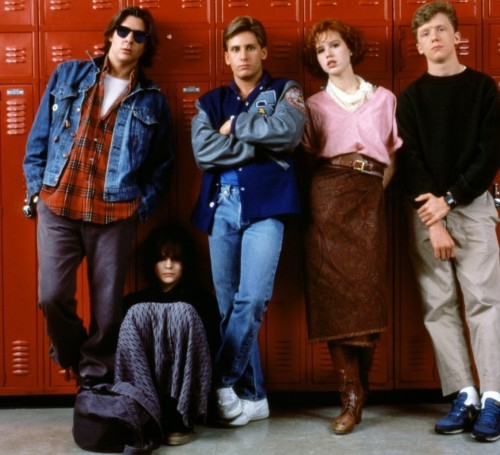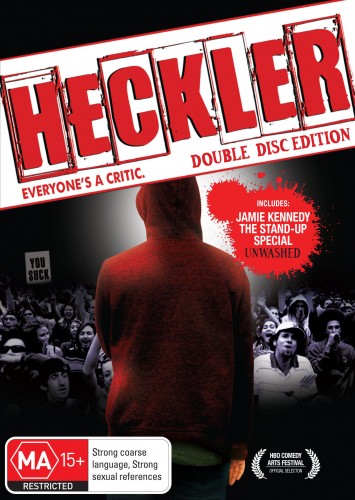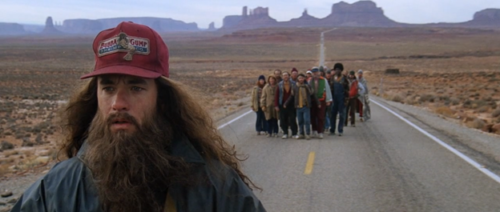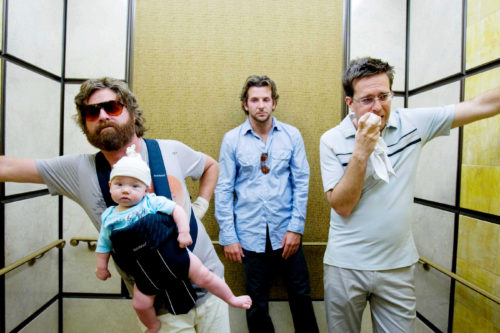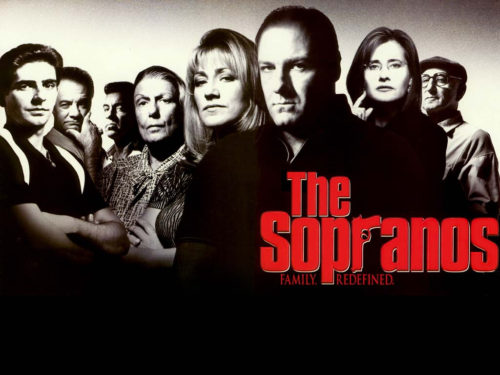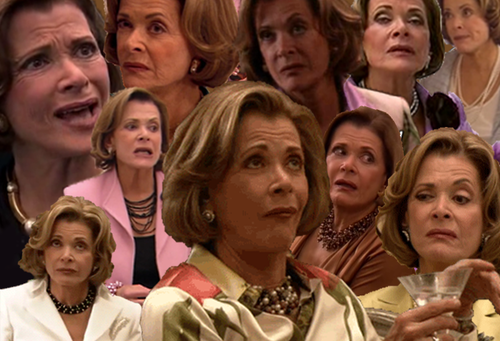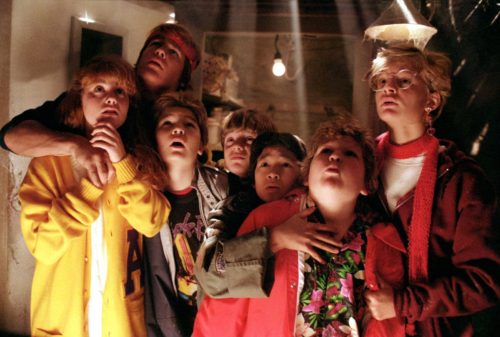
Not Quite Horror contains reviews of films not traditionally considered horror films. By analyzing them as horror films (identifying the monster, discussing the shared worry for the audience and the main characters, and understanding the depth of horror available to the viewer), who knows? There’s more than one way to watch a movie.
The Goonies (1985)
The Monsters: One-Eyed Willie. Willie plundered ships to increase his wealth for years and, when trapped, he refused to surrender. Instead, he sealed his ship and his fortune in cave. Then, he laid down traps so diabolical they could fit into the Saw series.
Willie’s commitment to hoarding ran so deep he rigged his ship to sail away if someone actually made their way past his traps.
The Horror: Willie’s greed is astonishing, and it leads him to leave dangerous booby-traps around his lair.
Young Mikey (Sean Astin) is motivated to claim Willie’s gold by the altruistic desire to save the houses of his family and friends, and so he forces his underage pals through traumatic ordeals.
With just one misstep, Goonies would have been filled with children’s spines snapped by large rocks, heads smashed into hard rock floors, and faces bloated from drowning. Even Willie, with his one eye, had to have been aware innocent children could trigger his devices. And still, he left them behind as his legacy.
The Shared Fate: Step into the dog crap someone didn’t pick up or find an unexplained dent on your car and you’ve suffered because someone was not able to consider others when acting. And you got off easy, too.
Most people don’t leave pirate traps around, but they do sabotage property and relationships to fulfill their own needs. Just like a greedy pirate, they don’t care who stumbles into the nasty surprise they’ve created.
— I am indebted to Noel Carroll’s The Philosophy of Horror for his ideas on defining horror, as well as John Skipp and Craig Spector’s article “Death’s Rich Pageantry, or Skipp & Spector’s Handy-Dandy Splatterpunk Guide to the Horrors of Non-horror Film†in Cut! Horror Writers on Horror Film for a similar idea.–
–Axel Kohagen

